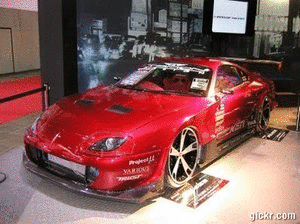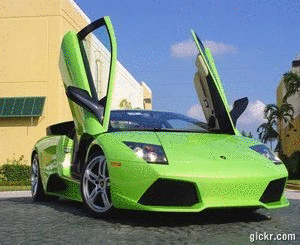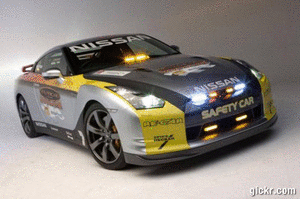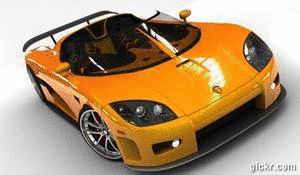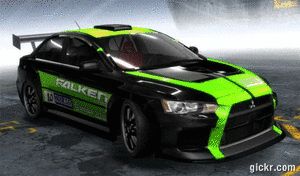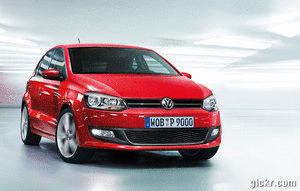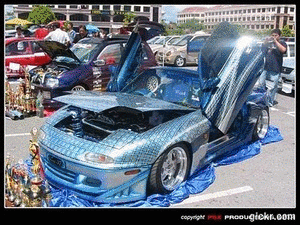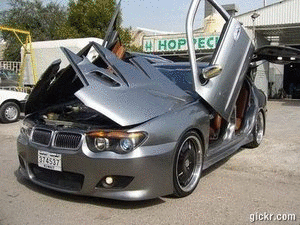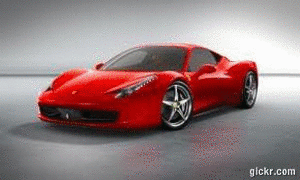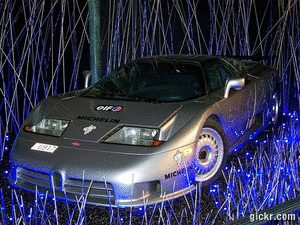
The meaning of Touge:
Tōge (峠) is a Japanese word literally meaning "pass." It refers to a mountain pass or any of the narrow, winding roads that can be found in and around the mountains of Japan and other geographically similar areas.
Placing a series of s or bends in the steep roads that provide access to and from the high elevations of the mountains was intended to be a safety measure, usually to prevent commuters from reaching unstable speeds or creating excessive wear on the vehicles associated with them. It is therefore ironic that these same passes have become popular with street racers and motorsport enthusiasts in the last two decades, providing a dangerous and therefore challenging course where nightly competitions are not unheard of.
There are 4 types of Touge battles:-
Cat and Mouse/Sudden Death
- The lead car wins if the space between the cars increases considerably, while the following car wins if they overtake the lead car. If any car spins out or crashes, the other one wins the race.
- This is typically a sudden death format in that, in the event of the following car keeping pace, the race is usually rerun with the positions swapped. Once again the new lead car must pull away from the pursuer significantly, or the follower must overtake, to win and prevent another run.
- This method is often used when the road area isn't wide enough to allow passing, but if the car in front does indeed somehow get passed, the overtaken car automatically loses.

Straight up
- If the road is wide enough, this method comes into use. Instead of the lead and chase type of start, the cars are lined up next to each other. If there is a handicap in power, a rolling start would be used up until the 1st turn. Whoever is in front at the end of the "touge" road, is the winner.
Random battle
- A challenge is communicated through the use of the hazard lights. Then according to the road, use of one of the 2 prior types of battle.
Time Attack or Ghost Battle
- A Challenge in which one car is timed from start to finish, and the opponent attempts to beat the other drivers time. The opponents do not actually race at the same time.
 Misconceptions
Misconceptions- Stemming from this surge in popularity, the term has been pirated and misused by overzealous enthusiasts (often incorrectly as a verb) to erroneously describe almost any event involving street racing, even when there are no mountain passes involved.
- Another common mistake is the association of drifting with touge, implying at times that the words share a common definition. While drift is considered a style or form of driving, touge does not necessarily have any binding relationship to motorsports. Drifting can be used on the touge to prevent the chaser from following their proper line. For example if there was a chaser and one were to drift the drifter has now eliminated about 60 percent of the chaser's possible lines forcing them to choose slower lines that can be predicted. Also in doing this one can cause the chaser to slow down in order not to crash into the drifting car in front, which might cause complications due to keeping rpm's high and traction and all other variables to consider in slowing down for a corner.
- Touge in Time Trial format could be said to be a subset of Tarmac Rally. With the Rallye Monte Carlo and Tour de Corse demonstrating the parallel, separated only by cultural heritage.
